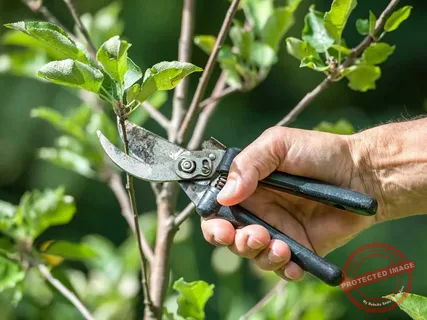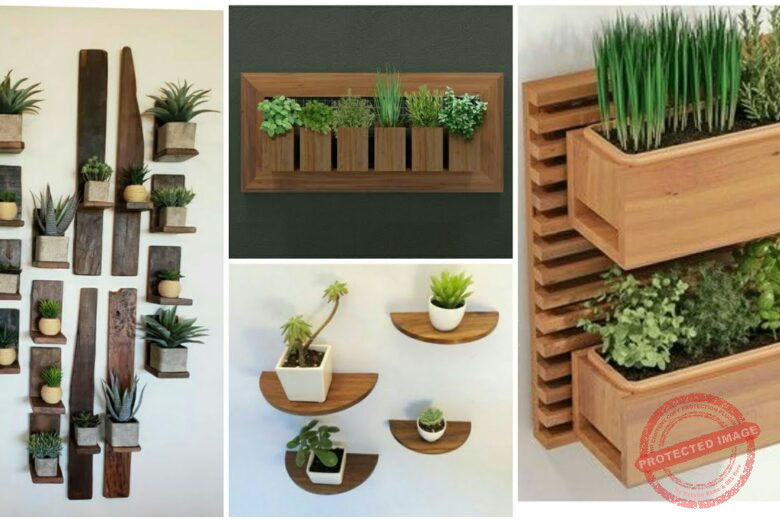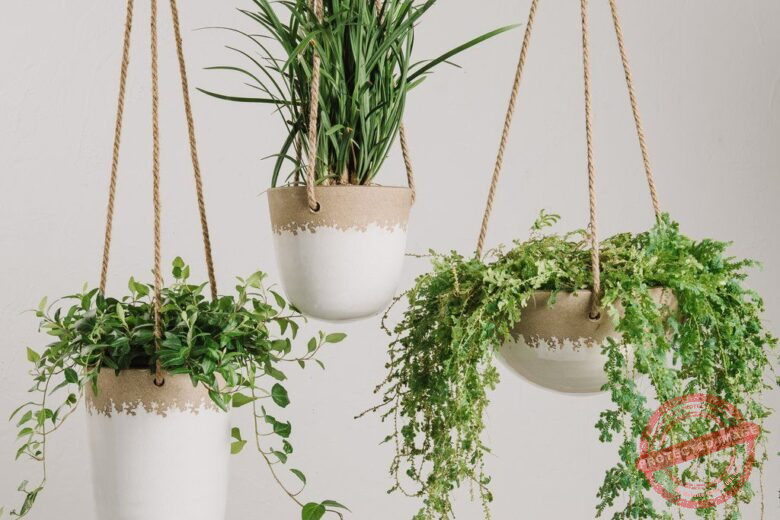When it comes to growing tomatoes, choosing the right soil is crucial for their overall health and productivity. Garden soil and potting soil are two common options that gardeners often consider.
In this article, we will explore the differences between garden soil and potting soil, their pros and cons, and provide you with essential insights to help you make an informed decision for your tomato plants.
Garden Soil vs. Potting Soil for Tomatoes: All You Need to Know
When it comes to growing tomatoes, the choice of soil plays a significant role in their success. Both potting soil and garden soil have their advantages and considerations.
Potting soil is specifically designed for container gardening. It is lightweight, well-draining, and sterile. These qualities make it an excellent choice for potted tomatoes, as it provides optimal moisture control and reduces the risk of soil-borne diseases. Potting soil is available in various formulations, often containing a blend of organic materials like peat moss, compost, and perlite.
On the other hand, garden soil refers to the natural soil found in your garden or backyard. It contains a mixture of minerals, organic matter, and microorganisms. Garden soil can be suitable for in-ground planting of tomatoes, especially if it has good drainage and fertility.
However, garden soil can be heavy and compact, which may hinder root growth and increase the risk of pest, disease, or weed infestations.
The best soil for growing tomatoes ultimately depends on your specific gardening circumstances. If you are growing tomatoes in containers, potting soil is generally recommended due to its lightweight texture, drainage capabilities, and sterility. It provides an ideal environment for potted tomatoes.
However, if you have well-prepared garden soil with good drainage and fertility, it can also be suitable for growing tomatoes in the ground. In this case, it is crucial to amend the garden soil with organic matter, such as compost, to improve its structure and nutrient content.
To summarize, potting soil is the preferred choice for potted tomatoes, while well-prepared garden soil can be suitable for in-ground planting. Consider the specific needs of your tomato plants, the available soil options, and provide proper amendments and care for successful tomato cultivation.
Understanding Garden Soil
Garden soil refers to the soil found naturally in your garden or backyard. It consists of a mixture of minerals, organic matter, microorganisms, and sometimes sand, silt, or clay. Garden soil is usually heavy and compact, offering a wide range of nutrients and water-retaining capabilities.
Exploring Potting Soil
Potting soil, on the other hand, is a specially formulated soil mix designed for container gardening. It is typically lighter in texture, well-draining, and sterile. Potting soil is often a blend of organic materials like peat moss, compost, vermiculite, and perlite. These components provide optimal aeration, moisture retention, and nutrient availability for potted plants.
Key Differences between Garden Soil and Potting Soil
The following are the key differences between garden soil and potting soil:
Composition:
Garden soil is natural soil found in your garden, while potting soil is a manufactured blend specifically designed for container gardening.
Texture:
Garden soil tends to be heavy and compact, while potting soil is lighter, well-draining, and fluffy.
Nutrients:
Garden soil usually contains a variety of nutrients, while potting soil may have added fertilizers to ensure optimal plant growth.
Drainage:
Garden soil may have varying levels of drainage, depending on its composition, while potting soil is formulated for excellent drainage to prevent waterlogged roots.
Sterility:
Garden soil can harbor pests, diseases, and weed seeds, while potting soil is typically sterilized to minimize these risks.
Pros and Cons of Garden Soil
Pros of Garden Soil
- Rich in natural nutrients and microorganisms.
- Provides a stable environment for plants.
- Generally more affordable than potting soil.
- Ideal for in-ground planting.
Cons of Garden Soil
- Can be heavy and compact, hindering root growth.
- May require amendments for optimal fertility.
- Prone to pest, disease, and weed infestations.
- Drainage issues can arise in heavy clay soils.
Pros and Cons of Potting Soil
Pros of Potting Soil
- Lightweight and well-draining, preventing overwatering.
- Sterile, minimizing the risk of pests and diseases.
- Provides excellent aeration for plant roots.
- Offers a consistent blend of nutrients.
Cons of Potting Soil
- More expensive than garden soil.
- Requires regular watering and fertilization.
- Limited nutrient availability over time.
- Not suitable for in-ground planting.
Which Soil Is Best for Tomato Plants?
Both garden soil and potting soil have their advantages and disadvantages. The choice between the two depends on the specific growing conditions and your gardening preferences. If you have access to high-quality garden soil with good drainage and fertility, it can be suitable for growing tomatoes. However, potting soil provides better control over moisture levels and reduces the risk of soil-borne diseases in containers.
Preparing Your Soil for Tomato Planting
Before planting tomatoes, it is essential to prepare your soil adequately. Whether you choose garden soil or potting soil, follow these steps:
- Clear the planting area of any weeds, debris, or rocks.
- Test the soil pH and amend it if necessary.
- Add organic matter like compost to improve soil structure and fertility.
- Incorporate well-balanced organic fertilizer based on soil test results.
- Ensure proper drainage by amending heavy soils with sand or perlite.
Tips for Growing Tomatoes in Garden Soil
- Choose a sunny location for your tomato plants.
- Space the plants properly to allow for adequate air circulation.
- Stake or provide support for indeterminate tomato varieties.
- Mulch around the plants to conserve soil moisture and suppress weeds.
- Monitor soil moisture levels and water deeply when needed.
- Regularly check for pests and diseases and take appropriate action.
Tips for Growing Tomatoes in Potting Soil
- Select a suitable container with drainage holes for your tomatoes.
- Use a large container to accommodate the plant’s root system.
- Consider using self-watering containers to maintain consistent moisture levels.
- Feed the plants with a balanced liquid fertilizer regularly.
- Rotate the containers periodically to ensure even sun exposure.
- Monitor for pests and diseases and apply organic treatments when necessary.
Common Mistakes to Avoid When Using Garden or Potting Soil
- Overwatering: Excess water can lead to root rot and other diseases.
- Underwatering: Insufficient water can cause stress and stunted growth.
- Using contaminated soil: Ensure your potting soil is sterile, and garden soil is free from pests and diseases.
- Neglecting soil amendments: Adding organic matter and fertilizers is essential for nutrient-rich soil.
- Ignoring crop rotation: Rotate tomato plants yearly to minimize soil-borne diseases.
How to Improve Garden Soil for Tomato Cultivation
- Test the soil to determine its pH and nutrient levels.
- Amend the soil with organic matter, such as compost or aged manure.
- Incorporate amendments specific to address soil deficiencies.
- Practice crop rotation to prevent disease buildup.
- Use cover crops to enhance soil fertility and structure.
How to Enhance Potting Soil for Tomato Cultivation
- Choose high-quality potting soil with a balanced nutrient content.
- Add organic amendments like worm castings or compost for increased fertility.
- Consider adding slow-release organic fertilizers to provide long-term nutrition.
- Use a soil moisture meter to monitor water levels in containers.
- Refresh the potting soil every growing season for optimal plant health.
Can I use garden soil for potted tomatoes?
Using garden soil in containers is not recommended. Garden soil tends to be heavy and may not provide adequate drainage for potted plants.
Can I mix garden soil with potting soil for tomatoes?
Yes, you can mix garden soil with potting soil to improve drainage and nutrient retention. Aim for a well-balanced blend to provide optimal growing conditions for tomatoes.
What nutrients are essential for tomato plants?
Tomato plants require a balanced supply of macronutrients like nitrogen, phosphorus, and potassium, along with micronutrients such as calcium, magnesium, and iron.
How often should I water tomato plants in garden soil?
The frequency of watering depends on various factors such as weather, soil type, and plant size. Generally, water deeply when the top inch of soil feels dry.
Can I reuse potting soil for tomatoes?
Potting soil can be reused with certain precautions. Remove plant debris, mix in fresh compost, and ensure the soil is not contaminated with pests or diseases before reusing it.
Conclusion
Choosing the right soil for your tomato plants is essential for their growth and productivity. While garden soil is suitable for in-ground planting, potting soil provides better control and drainage for container gardening.
Consider the pros and cons of each type and make an informed decision based on your specific gardening needs. By preparing your soil properly and following recommended practices, you can enjoy a bountiful tomato harvest




One Reply to “Garden Soil vs. Potting Soil for Tomatoes: All You Need to Know”